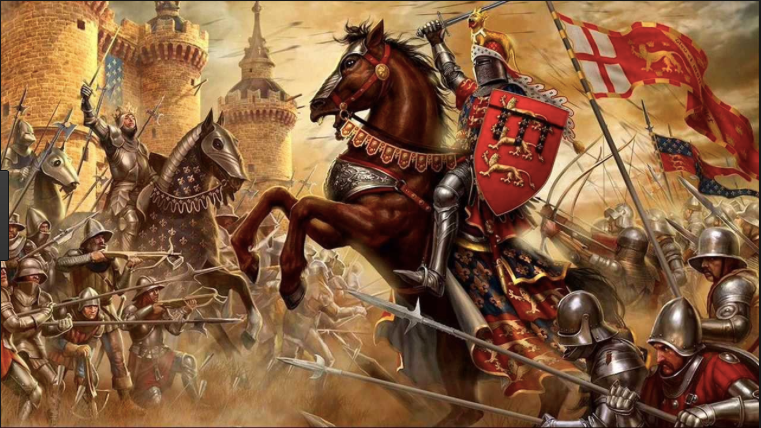

The king’s devotion to his low-born ‘favourites’, Piers Gaveston and then the Despenser family, enraged his barons. His Scottish policy proved disastrous for his less warlike son Edward II (r.1307–27), though, whose defeat at Bannockburn (1314) was followed by Scots raids far south of the border. This was a time when chivalric ‘heraldry’ blossomed, enhanced by the craze for legends of King Arthur.Įdward I (r.1272–1307), another great castle-builder, united his barons behind the conquest of Wales (1277–84) and his attempts on Scotland. But after de Montfort’s death at the Battle of Evesham (1265) and the long siege of Kenilworth Castle, Warwickshire, rebellion was finally suppressed. The long reign of Henry III (r.1216–72) saw further baronial unrest, from the late 1250s headed by Simon de Montfort. When he died in France in 1189 he was at war with his eldest son, Richard, who had joined forces against him with the French king. Henry’s later reign was clouded by his fraught relationship with his sons and his wife, Eleanor of Aquitaine. The many fortresses he raised included Dover Castle, which was rebuilt partly as a splendid stopover on the road to Canterbury and the shrine of his ‘turbulent’ priest, St Thomas Becket, murdered in his cathedral by Henry’s knights in 1170.

A monarch of boundless energy and ungovernable rages, he travelled constantly through his vast dominions, stretching from the Scottish border to the Pyrenees. Order was restored by Matilda’s son, Henry II (r.1154–89), the first of the Angevin or Plantagenet kings. But the country descended into chaos and civil war when Henry’s nephew Stephen (r.1135–54) was crowned king, despite the rival claim of Henry’s daughter Matilda. William’s youngest son, Henry I (r.1100–35), brought peace and administrative and legal reform. However, baronial revolts plagued the Conqueror and his son, William Rufus (r.1087–1100).


 0 kommentar(er)
0 kommentar(er)
